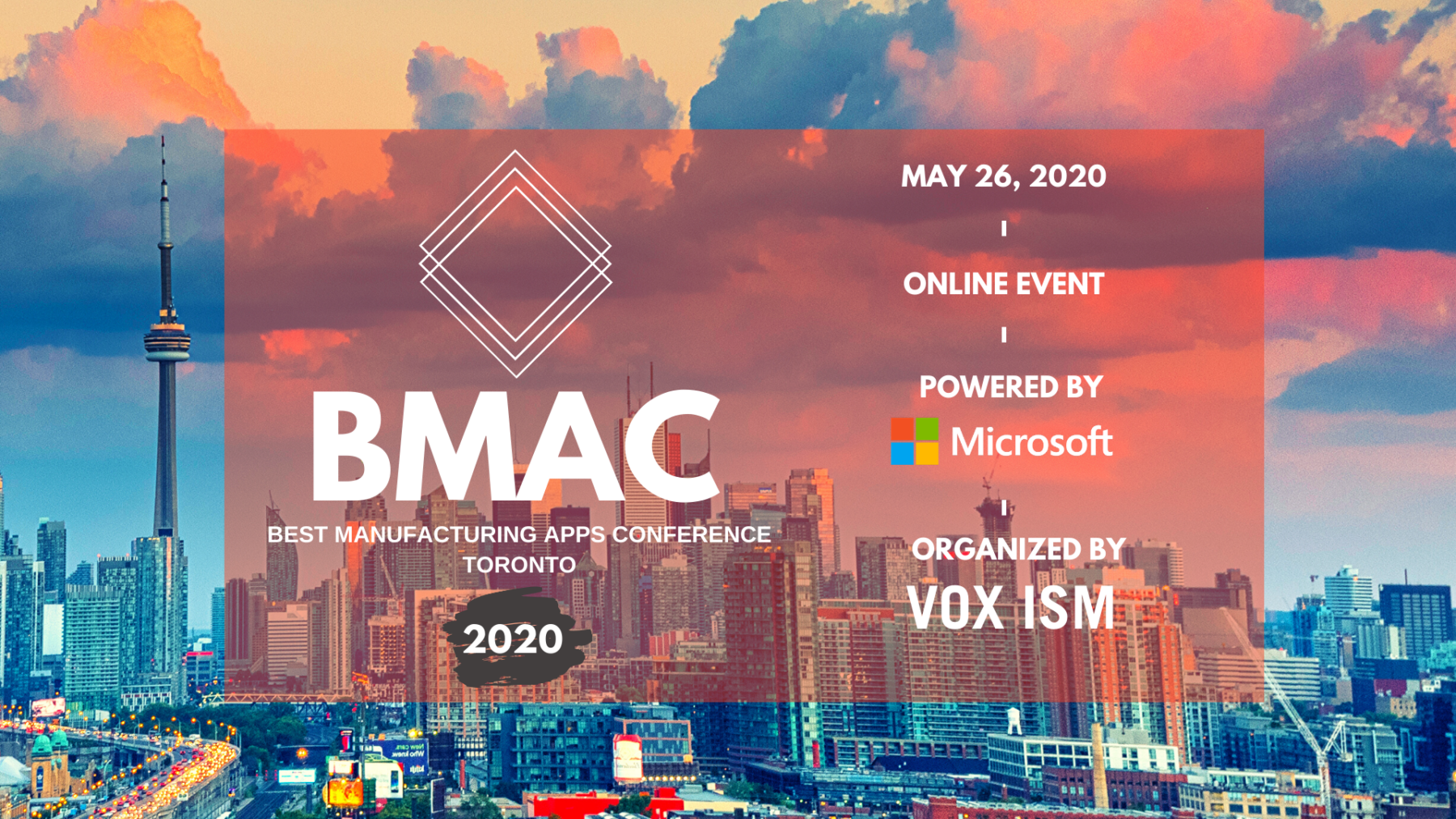The next year will see global e-commerce sales grow explosively, breaking $4.88 trillion by 2021. In North America alone, more than 90% of B2B executives consider the development of an e-commerce channel vital to long-term strategic growth.
For Canadian businesses already selling online, all this growth represents a significant competitive advantage. In the manufacturing sector, already 43% of business clients would purchase directly from the manufacturer rather than third-party resellers.
E-commerce empowers manufacturers to meet this growing customer demand. But they must be ready to process large-volume ordering, and optimize their logistics and accounting for swift fulfillment.
Here are three ways manufacturers can optimize their customer experience to differentiate their brand and keep their clients coming back.
ERP-Integrated Efficiency
With the rise of the smart factory and Industry 4.0, manufacturers across Canada have shifted toward data-driven technology and automation. ERP-integrated e-commerce takes this a step further by automating many of the processes involved in selling online.
ERP integration lets your e-commerce solution communicate directly with your back-office systems and accounting software to share business data in real-time. It transfers right over to your ERP when a new order comes in on your web sales platform. This saves you the trouble of entering the order manually.
This positions your company to sell to B2B clients directly. No matter how many orders you get, you won’t be held back by the time-consuming task of copying them back and forth.
Product and Price Transparency
B2B purchases are known for long sales cycles. Companies carefully compare products, services and prices, but the decision itself is a collaborative effort. The best choice for IT may not be the first pick for Marketing or Finance. Making a purchase that everyone agrees on often takes time.
One of the most common mistakes we see with manufacturers in the e-commerce sector is product catalogues with nothing but a part number. Your online product catalog is where you showcase your offering and connect with prospective buyers.
At a bare minimum, your product pages should feature high-resolution, full-colour images, engaging descriptions and exhaustive specs. In many cases, the video makes a valuable addition to a product page. This is especially true if your products have special assembly or installation requirements.
B2B Personalization
The Internet has been at the center of modern life for more than two decades now. With the rise of Amazon, customers expect your brand to have an online presence where they can find information about your business, and ideally a way to buy from you.
Years of B2C best practices have profoundly influenced the evolution of B2B e-commerce. B2B web sales platforms are built to meet the needs of sales and marketing, IT and finance teams while giving their customers B2C-style shopping experience.
An excellent example of this is personalization. Customer relationships are at the heart of the B2B engagement model. Manufacturers spend years developing relationships with their clients, which often extend to specialized pricing and even unique product offerings for particular clients.
B2B e-commerce platforms like k-eCommerce are specifically built to foster these B2B customer relationships. For every customer (or group of customers), you can define personalized pricing structures and even dedicated product catalogues that are only accessible to that customer.
To learn more about how to optimize the E-commerce Customer Experience join Rob Cook, Senior Business Development, k-eCommerce at the Best Manufacturing Apps Virtual Conference on May 26.

